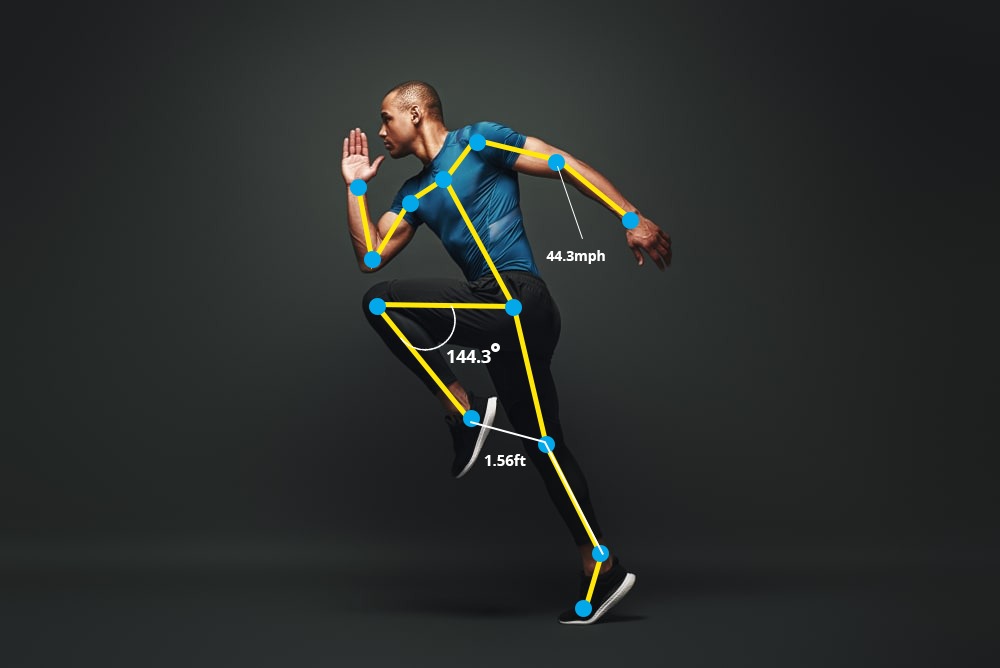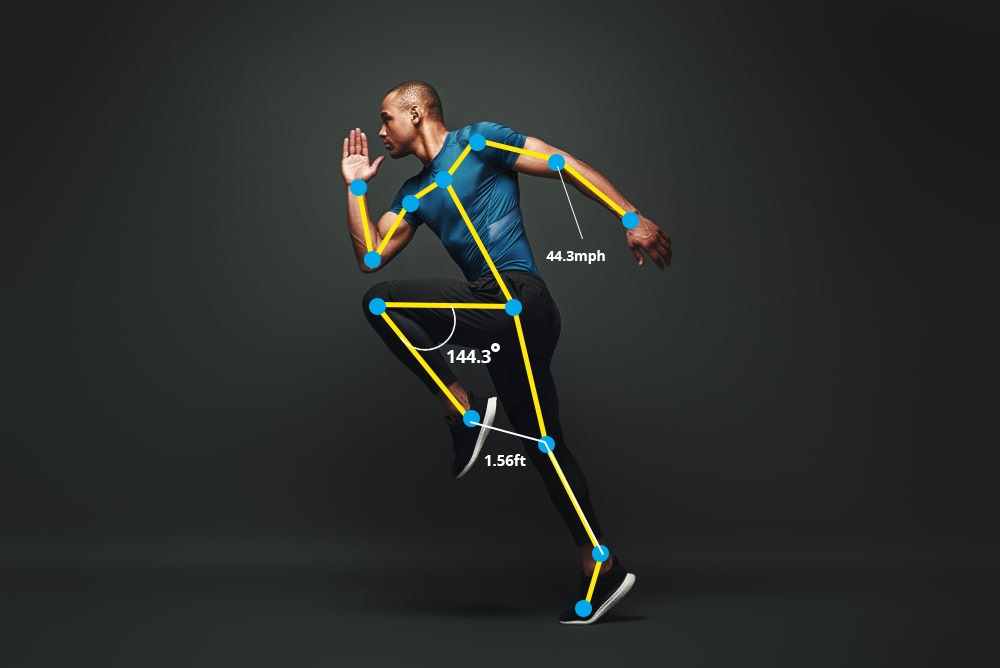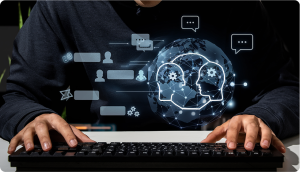
Technology in sport is the present and the future of sports and it’s not just at the professional level. It is also emerging as a game changer right from where it all starts – in schools. Moneyball helmed by Brad Pitt shows how data analytics can bring a mediocre baseball team to centre stage. But data is just the side hustle what questions you ask the data will decide what you can do with it. Sports is awash with data but using machine learning and deep data analytics is opening new frontiers that were never thought possible before.
Machine Learning and predictive analytics is now a big factor right from coaching, talent scouting to refereeing and broadcasting. Sports analytics is expected to grow to USD 4.6 billion in 2025. Here’s a few ways AI in sports is being used today and the futuristic routes AI could take.
1. Training and coaching
Experienced coaches are the bedrock of winning teams but now they are getting help from Augmented AI. Wearable sensors and high-speed cameras are feeding in data that are leading to improved training. For example, in tennis, the speed, spin and placement of tennis serves of the player along with quantifiable metrics of a player’s endurance is revolutionizing how coaching and training is conducted at professional levels. IBM’s 30 year collaboration with the US Open has given them humongous amounts of data to partner with United States Tennis Association. The AI driven technological solutions to USTA coaches will impact junior players right up to the professional level. It does not stop there; AI in sports will extend to also improve audience engagement at the US Open.
Traditional coaching’s greatest weak spot is that it takes years to sharpen skills. Coaches are now getting AI assistants and this will make a big impact. And we are seeing it happen, it is improving in-game strategy and optimizing the team’s starting line-up based on algorithms that also study the opponent’s players and their possible game plans.
The technology is not too far away when real time game plan changes can be communicated by AI to the coaches and then on to the players. In fact, NFL is experimenting with sport prediction algorithms, using videos of the game that will measure and predict players contribution on the field and suggest changes accordingly. Of course, as long as we have the human stars on the field, personality and human endeavour will always add charm to the game, only the stakes will be measurable.
Improving player performance and wellness
Player performance improvements are including technological tools for enhanced results and player safety. Out of the many hundred top-class athletes, there are only a miniscule number that reach the pinnacle of performance and get to be superstars. There are many with the skills that might never reach their optimal performance if they do not get the opportunity for the right training.
Player skills fall into 2 main categories i.e. Physical Skills and Mental skills. The former is objective such as power, flexibility, endurance etc. The latter is an amalgamation of concentration, mental makeup and emotion management; and cognitive and communication skills particularly for team sports. Each sport measures these skills in different ways whether it be on field, on court or on ice. AI in sports models intersect the subjective and objective data in such a way that individual training programs can be designed specific for a player.
The physical toll of sports has been well documented and preventive wellness programs use predictive analytics to catch chronic problems before they escalate. For example, Anterior Cruciate Ligament injuries more commonly known as ACL or a tear in a knee ligament used to put a stop to an athlete’s career. Today, it means an 8-10month treatment and rehab program and that is a long time for an athlete. Here is where AI in sports finds a definitive advantage. For injury risk assessment, the main AI methods used are based on artificial neural networks, decision tree classifiers and support vector machines. These have already been applied in soccer, basketball and American football.
2. Talent Scouting
Recognizing potential, whichever the field it be, is a very human talent. Scouting for talent and player recruitment is a very distinctive process in the sports industry. Not surprising then that S.L. Benfica the premier football team in Portugal makes even more money from spotting and nurturing young talent than from playing football.
Artificial Intelligence assistants to talent scouts are proving that they can spot talent that might have otherwise been overlooked. Case in point, AI had ranked 19-year-old Sean Durzi in the top 40, in the Ontario Hockey leagues but yet he was not picked up. This became a costly oversight when top teams vied for him the next year.
AI can do what humans cannot and that is evaluate multiple parameters synchronously. Consistently tracking individual player’s data right through a match from wearable devices and video coverage is what a machine can do best. Modern AI solutions can sort even minute differences and analyse the physiology of each player and how they perform under stress.
3. Security
There are numerous other applications of Artificial Intelligence as well as augmented reality. Tokyo Olympics 2020, if not for the pandemic, would have seen the largest deployment of AI based security solutions. Cameras mounted on police cars and other areas would upload a continuous stream of human flow data for crowd management. It will also be able to monitor and alert for suspicious activities such as retrograde motion, suspicious objects or vehicular movement in restricted areas. With over 12,000 athletes and all the support staff and volunteers, facial recognition software is expected to be the best possible way to safeguard against any possibility of infiltration of terrorists posing as athletes or staff. It would also be able to identify suspicious or potentially aggressive behaviour since it can recognize psychological states such as twitching, flushed complexions etc. in short, the jitters that portend dangerous intents.
ITech has worked on developmental projects to track athlete fitness and talent scouting, If your team is interested to develop technology solutions, Talk to us.








